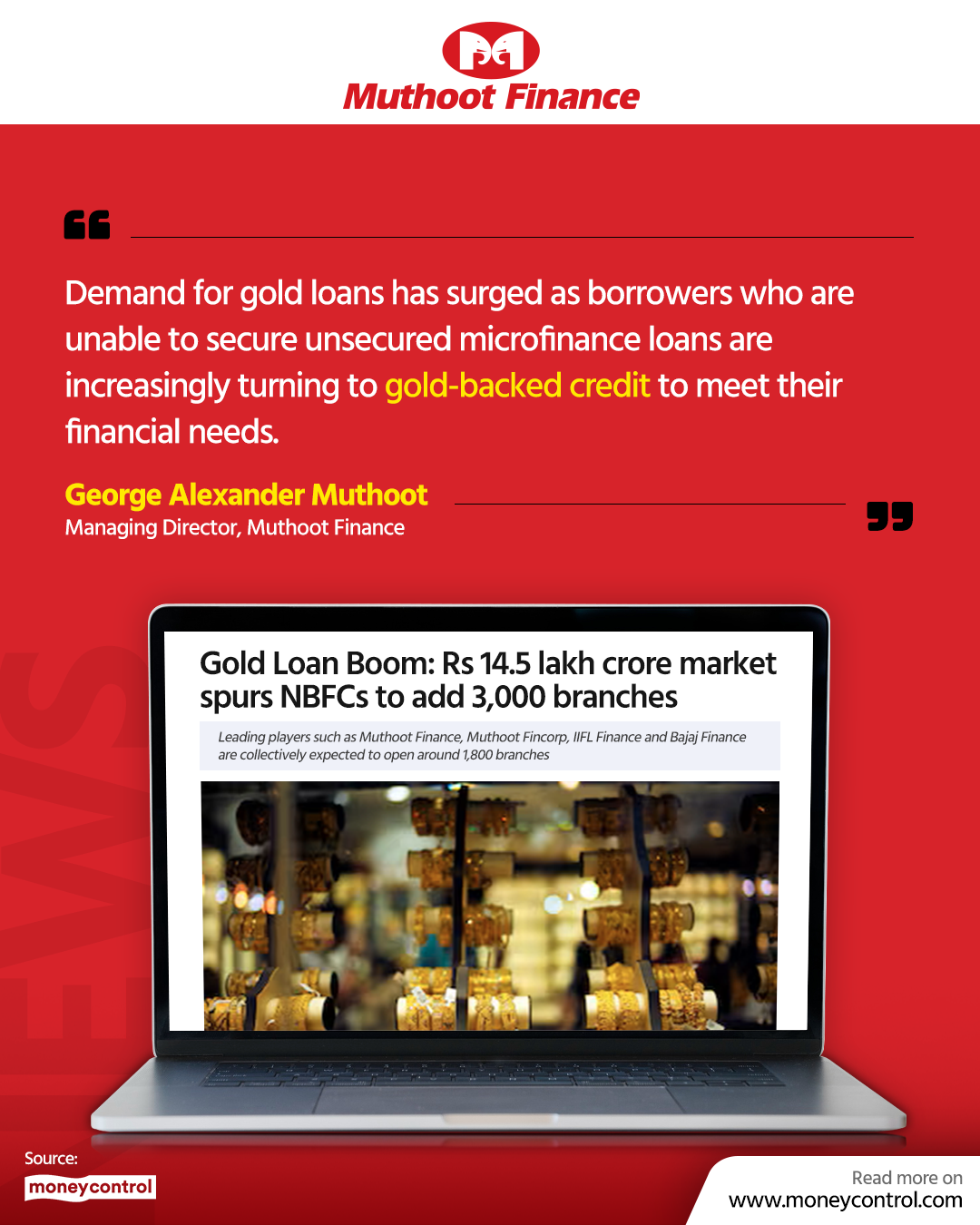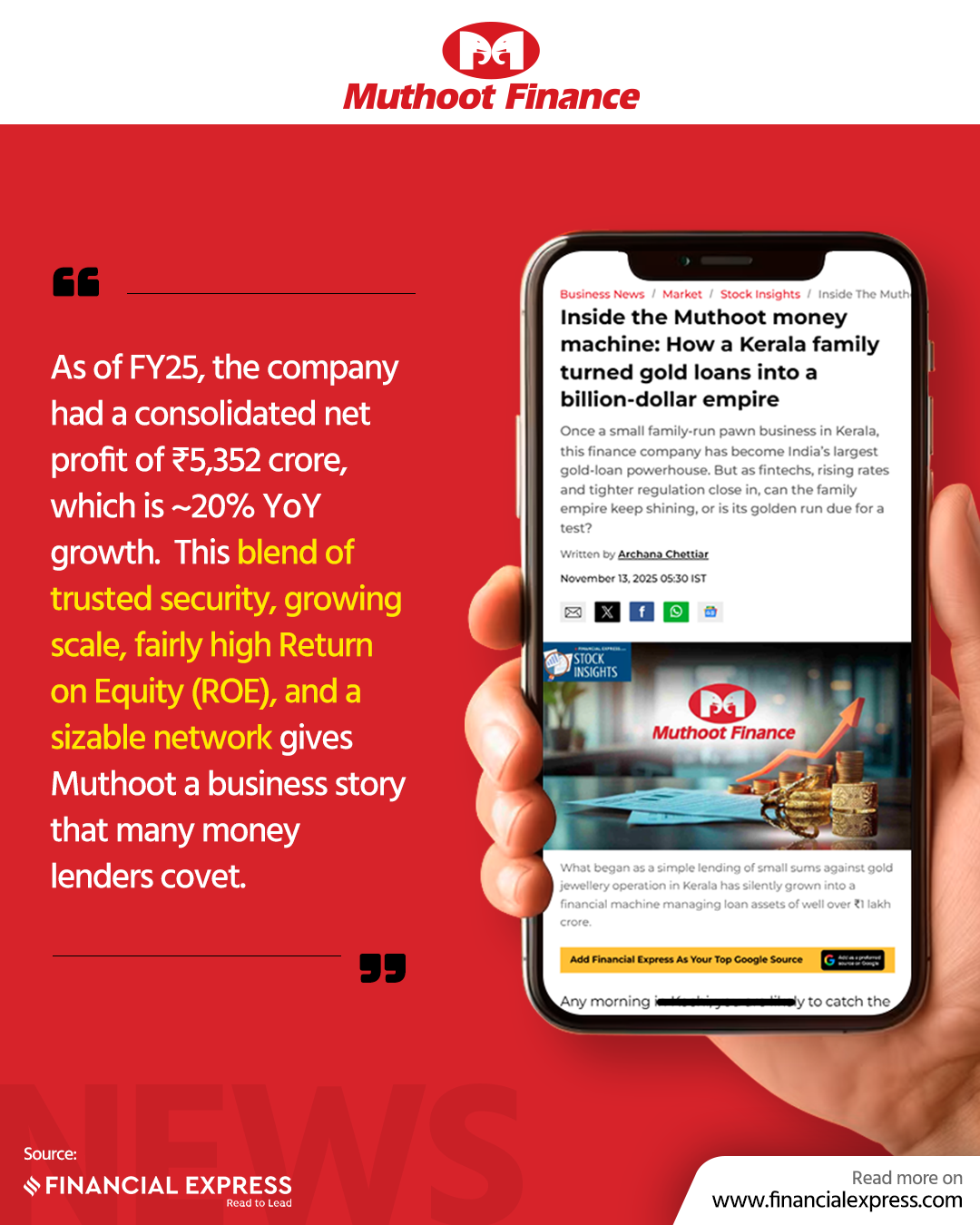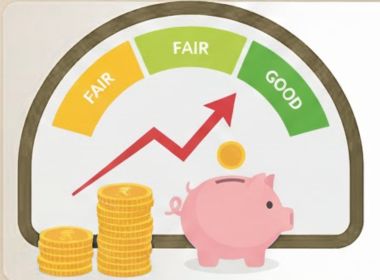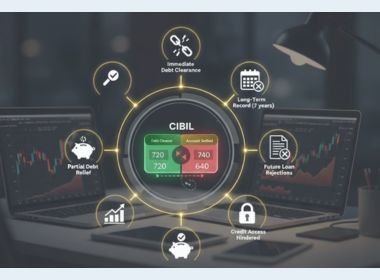Search Suggestions
- Gold Loan
- Money Transfer
- Mutual Funds

Diamond or Gold: Which Has More Investment Value in 2025?
When it comes to investing in truly tangible assets, few assets evoke as much trust and fascination among investors as diamonds and gold. Both diamonds and gold have stood the test of time as symbols of prosperity and enduring worth. Yet, when measured through an investment lens, both assets perform very differently in terms of liquidity, stability and long-term returns. With gold prices making headlines for their steady rise amid global economic shifts and diamonds continuing to attract investor attention for their rarity and elegance, the comparison between the two has once again become a relevant discussion.
Table of Content
- Diamonds vs Gold: Understanding the Investment Fundamentals
- Liquidity and Market Stability: Which Asset Offers Better Returns?
- Diamond or Gold, Which is Better?
While both diamonds and gold hold immense emotional and cultural significance, understanding how each asset behaves in a dynamic financial environment is crucial for today's investors. The blog post ahead lets you take a closer look at the investment potential of the assets, explore what gold is and what diamonds are, examine their market performance and see what truly makes one shine brighter than the other in terms of returns and long-term value.
Diamonds vs Gold: Understanding the Investment Fundamentals
Prior to engaging in a comparative assessment of the potential of both gold and diamonds as investment assets, it is important to understand the underlying factors that drive their respective values. Both assets have intrinsic value, but their financial behaviour sets them apart, shaped by distinct market forces. Gold, the yellow metal, has long been regarded as a stable and easily tradable investment.
The value of gold is influenced primarily by global economic conditions, inflation, currency fluctuations and geopolitical developments. Open any news or finance-related channel, and the gold price is already on the headlines, publicly tracked and updated daily. This clarity allows investors to monitor value changes with ease and make informed decisions based on real-time information.
Diamonds, the rarest of gems, derive their value from rarity and craftsmanship rather than market-wide pricing, unlike gold. Each stone is unique, and its value depends on the 4Cs: cut, clarity, colour and carat weight. Unlike the yellow metal, diamonds do not have a universal market index for pricing, which often makes their resale value more subjective. This distinction sets diamonds and gold apart; the latter is a more standardised and liquid investment option.
Suggested Read: How to Invest in Gold: Smart Ways to Secure Your Wealth
Liquidity and Market Stability: Which Asset Offers Better Returns?
When analysing the investment potential of any asset, two factors often matter most: what is diamond vs gold liquidity and long-term value. In both respects, gold tends to maintain an advantage over diamonds, as it can be converted into cash and retains significant value.
Gold is widely known for its high liquidity potential and universal acceptance. Whether in the form of coins, jewellery or bars, gold can be sold or pledged almost instantly across global markets. For investors looking to invest in the yellow metal, gold prices are publicly available and standardised, making it easy to gauge returns and track value. Moreover, its performance during economic fluctuations has historically been strong, as gold is often viewed as a “safe haven” asset during uncertainty.
Conversely, diamonds do not share the same level of market transparency as gold. Their resale value primarily depends on the stone’s certificate, grade and current demand trends. While a rare diamond with a rare colour may command a high price, most diamonds face price fluctuations at resale. This makes these rare stones less predictable as short-term investments, although they can serve as symbols of luxury and emotional worth.
Diamond or Gold, Which is Better?
Aspect | Diamonds | Gold |
Liquidity | Less liquid; resale depends on grading, certification and current demand | Highly liquid and can be easily sold or pledged almost anywhere |
Price transparency | No universal benchmark; prices vary based on their cut, clarity, colour and carat | The gold price is standardised and updated daily, ensuring complete transparency |
Market stability | Market value fluctuates based on trends, fashion and global market scenarios | Relatively stable; often appreciates during inflation or economic uncertainty |
Resale value | Resale value can be lower than the purchase price due to subjectivity in valuation | Strong resale potential; purity and weight directly determine value |
Storage and maintenance | Requires careful storage to avoid damage or loss of certification | Easy to store and maintain with minimal effort |
Investment horizon | More suited for long-term holding or emotional value rather than an active trading asset | Ideal for both short-term liquidity and long-term wealth preservation |
Emotional and aesthetic value | Modern, aspirational and associated with luxury and individuality | Traditional and culturally significant; often part of family legacy |
Suggested Read: Auspicious Time to Buy Gold in 2025: What You Need to Know?
To sum up, although diamonds and gold hold enduring appeal, when it comes to stability, liquidity and long-term value, gold is in greater demand. Its transparent pricing, strong resale potential and steady market performance make the yellow metal a preferred investment choice for investors in 2025 and many years to come. For individuals looking to unlock the value of their gold lying idle in bank lockers without selling it, a gold loan from Muthoot Finance can be a smart way to meet financial needs while retaining ownership of their asset.
This makes it the perfect time for investors to weigh the strengths of both assets and identify which truly aligns with their long-term financial goals.
- Avail gold loan
- Calculate Gold Loan
- Check Gold rate today
- Gold Loan Eligibility
- Interest Rate
- Gold Loan Scheme
- Custom Offers
CATEGORIES
OUR SERVICES
-

Credit Score
-

Gold Loan
-

Personal Loan
-

Cibil Score
-

Vehicle Loan
-

Small Business Loan
-

Money Transfer
-

Insurance
-

Mutual Funds
-

SME Loan
-

Corporate Loan
-

NCD
-

PAN Card
-

NPS
-

Custom Offers
-

Digital & Cashless
-

Milligram Rewards
-

Bank Mapping
-

Housing Finance
-

#Big Business Loan
-

#Gold Loan Mela
-

#Kholiye Khushiyon Ki Tijori
-

#Gold Loan At Home
-

#Sunherisoch
RECENT POSTS

Understanding KDM Gold and Why it’s Banned
Know More
Gold loan boom: 3,000 new branches to open in India in 12 months
Know More
Gold Loan Boom: Rs 14.5 lakh crore market spurs NBFCs to add 3,000 branches
Know More
How BNPL Affects Your Credit Score
Know More
Inside the Muthoot money machine: How a Kerala family turned gold loans into a billion-dollar empire
Know More
Billionaire Family Turns India’s Gold Obsession Into a Fortune
Know More
What is a Cheque and its Different Types in India?
Know More
Benefits of Paying Your EMIs on Time: Why Timely Payments Matter
Know More
A Complete Guide to Report Online Fraud
Know More
How does a Personal Loan Affect your Credit Score?
Know MoreFIN SHORTS

What Are Co-Pay and Deductibles in Insurance Policies?
Know More
Should You Take a Loan Against Your Mutual Fund or SIP?
Know More
Top 5 Best Mid-Cap Mutual Funds to Watch in 2026
Know More
Are Personal Loans Right for Retirees? Key Points to Consider
Know More
What Happens to a Personal Loan After the Borrower Dies?
Know More
Best Loan Choices for Credit Scores of 580 and Below
Know More
7 Reasons Why a Gold Loan Is the Best Option for Small Businesses
Know More
10 Reasons Why People in India Prefer Physical Gold
Know More
Real Estate vs Gold: Which Is a Better Investment in India?
Know More
10 Common Mistakes That Make Investors Lose Money in Mutual Funds
Know More
10 Reasons Why Gold Has So Much Appeal in Uncertain Times
Know More
7 Ways Settling Debt Can Impact Your CIBIL Score
Know More- South +91 99469 01212
- North 1800 313 1212


